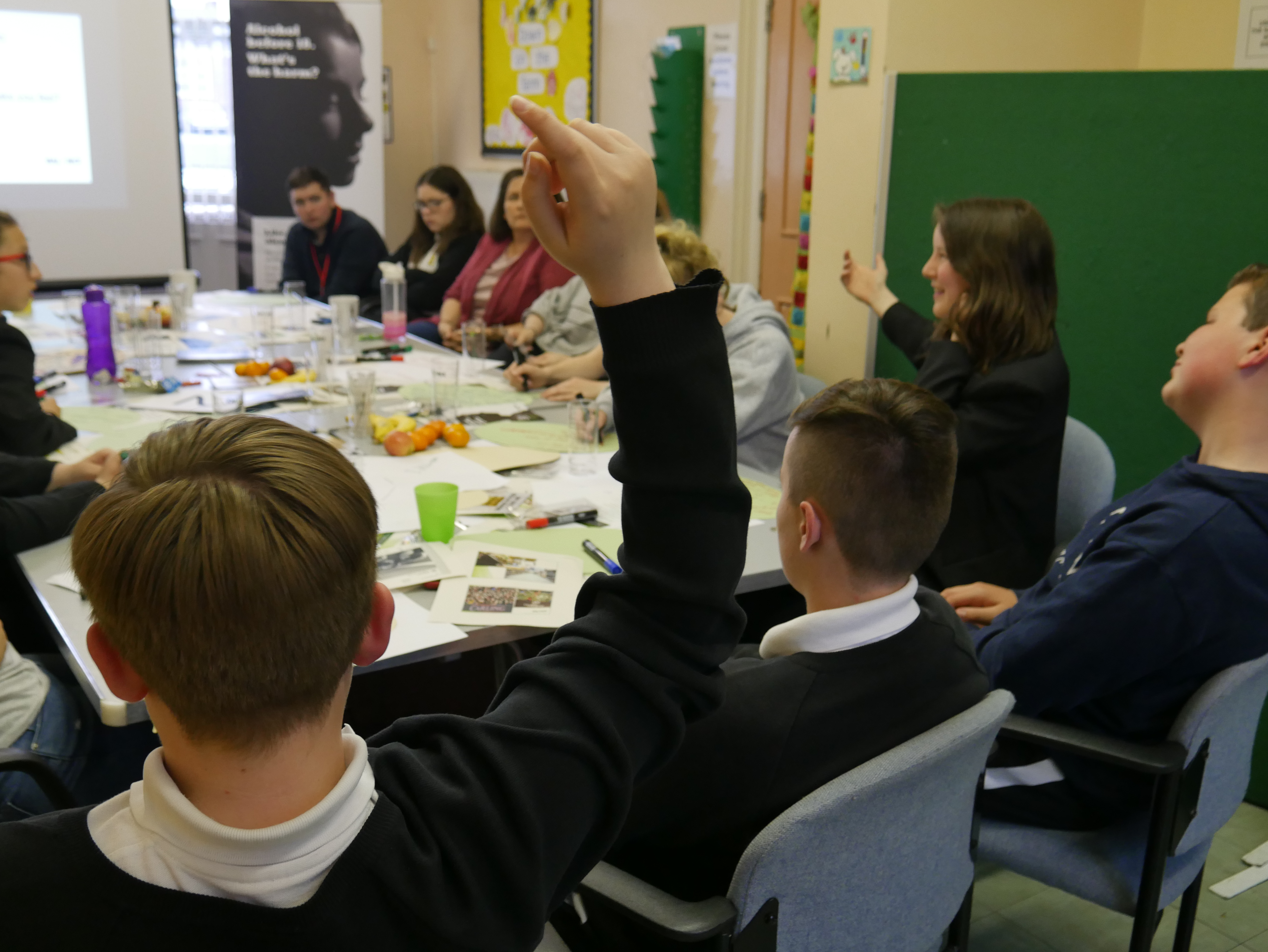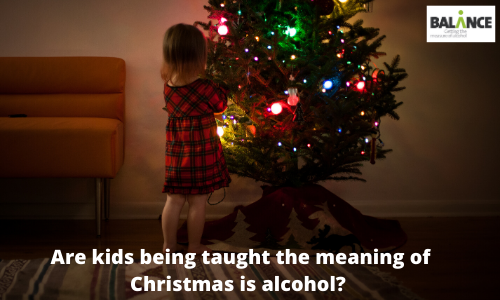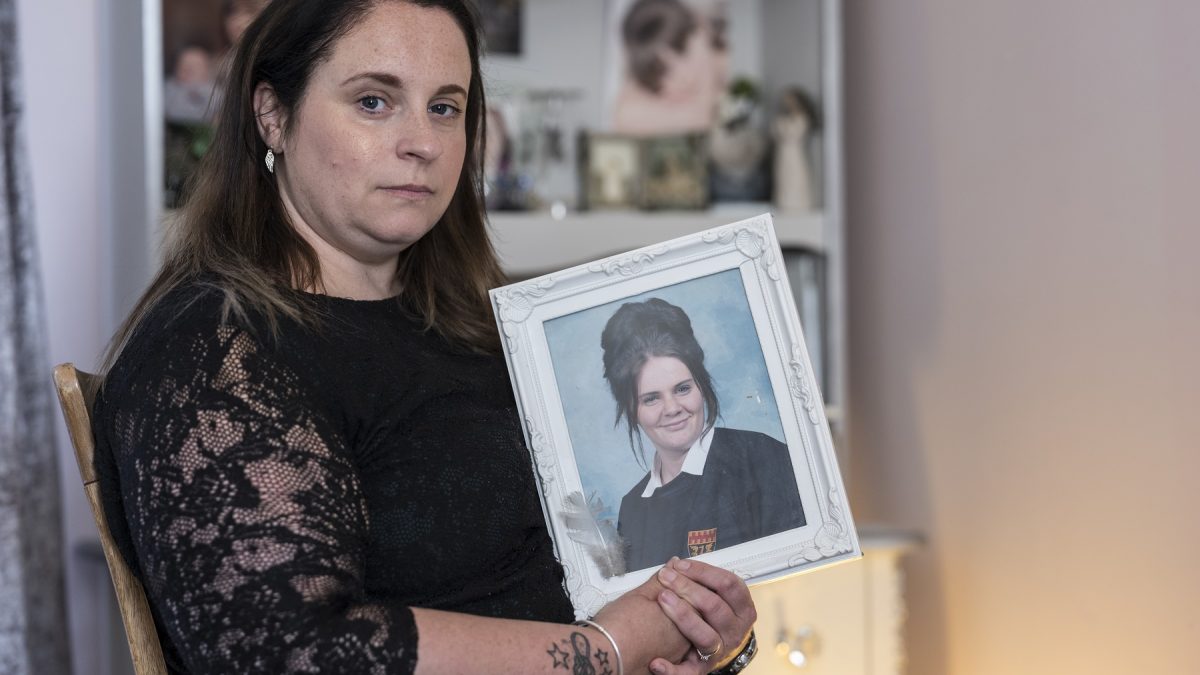When it comes to alcohol, how many of us have ever considered that our kids are surrounded by booze? Shockingly this is the view we found from young people in the North East.
Today on World Children’s Day (20th November), we’re reminded of our obligations to children and young people as set out in the United Nations Declaration of the Child:
“Children must get the best possible start in life. Their survival, protection, growth and development in good health and with proper nutrition are the essential foundation of human development. We will make concerted efforts to …nurture children in a safe environment that enables them to be physically healthy, mentally alert, emotionally secure, socially competent and able to learn…” (i)
The Declaration (and more recently published A World Fit for Children) highlights several challenges around this, such as poverty, safety and health, making us think of how alcohol cuts across all of these and impacts on children around the world.
With this in mind, ‘no alcohol before 18 is the healthiest and best option’ (ii). Whether we are a parent, an aunt or uncle, friend or professional, we can all help to protect children and young people from the physical, social and emotional harms alcohol can cause, helping to give them the ‘best possible start in life’.
But as with all important topics, it’s important to hear from our children (and as advocated by the UN Declaration). Throughout 2019, Balance has been doing exactly that – going out to meet with local young people aged 11 and 18 years to get their thoughts on alcohol. It is their health and well-being which is at the centre of this vision and so it’s important that we hear what they have to say.
We have had dozens of conversations; we asked them they how felt about alcohol, what they know about it, where they see it and what this means for children and young people today and in the future.
The discussions were often frank, and always honest, extremely insightful and valuable. We were reminded of the many challenges, pressures and decisions young people (and the adults they live with) are faced with when it comes to alcohol. These can present real challenges in any vision to embed an alcohol free childhood in our communities.
The young people gave us lots of really important messages to consider – that even if they don’t drink themselves, alcohol is often seen as an incredibly normal part of their lives (sometimes worryingly so) and the information they obtain about it comes from a number of sources. They see alcohol in the fridge at home and it can be a big part of going out for dinner with family. It pops up in the palm of their hands as they scroll through their mobile phones on social media or when they watch TV or play computer games in their bedrooms. It’s all around them at the weekends when they playing sport, go shopping or to the cinema as they see celebrities, sponsorship deals, merchandise and films promoting big-name alcohol brands and products – it’s everywhere!
Children and young people are familiar with alcohol, the brands and labels etc. and this is strongly reflected in the evidence too – which shows that children not only recognise alcoholic drinks and are increasingly exposed to alcohol marketing but that this also encourages children to drink at an earlier age and in greater quantities that they otherwise would (iii). The young people we spoke to are concerned, feel exposed, worried and often confused by the different information they see and hear about alcohol and they want this to change.
Children and young people have a right to a safe, happy and healthy future and from our discussions, we’ve together developed lots of ideas about how we can help achieve this when it comes to alcohol through our alcohol free childhood vision. Whilst we look forward to working with children and young people further on this, it’s important that their voices should be heard now – and we can start by sharing their video!
References:
(i) https://undocs.org/A/RES/1386%20(XIV)
(ii) https://whatstheharm.co.uk/wp-content/uploads/2018/11/dh_110256.pdf (opens PDF)



